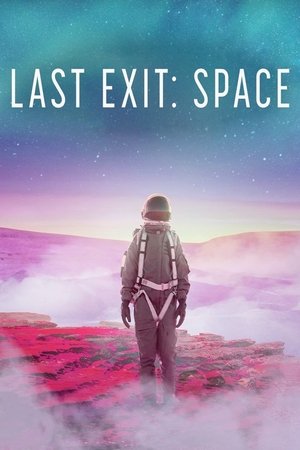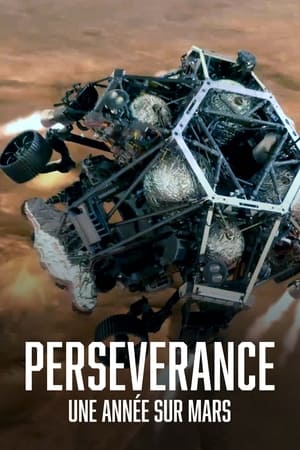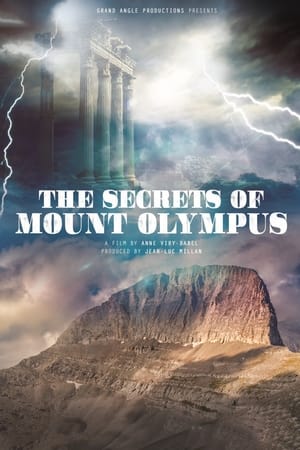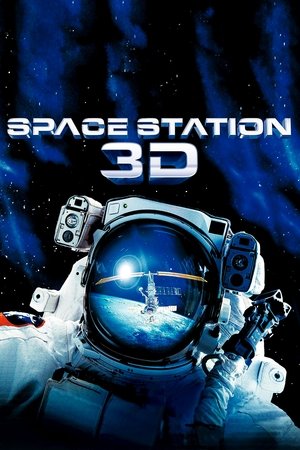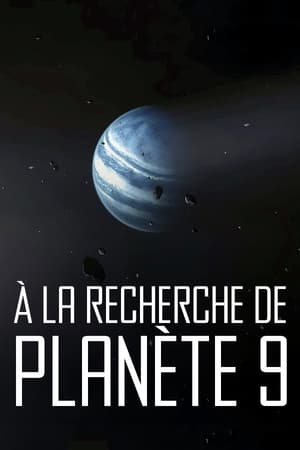Overview
Several hundred million kilometers away, the space probe "Rosetta" and the small lander "Philae" orbit the sun on the comet "Churyumov-Gerasimenko", without any contact with Earth. On September 30, 2016 - two years after the launch of "Philae" - the landing of "Rosetta" on the comet marked the end of a space mission rich in discoveries, successes and setbacks. The documentary "Rendezvous with a comet: Mission Rosetta" revisits this extraordinary space adventure. After the landing of "Philae" on the comet "Churi" in November 2014 - probably one of the greatest successes in space research since the moon landing - the mission continued and provided a whole series of surprises.

 French
French
 7.8
7.8
 2017
2017
 France
France

